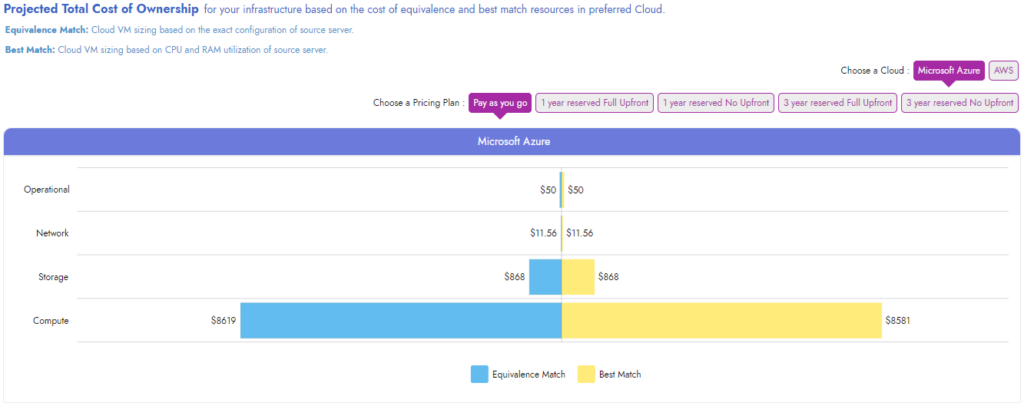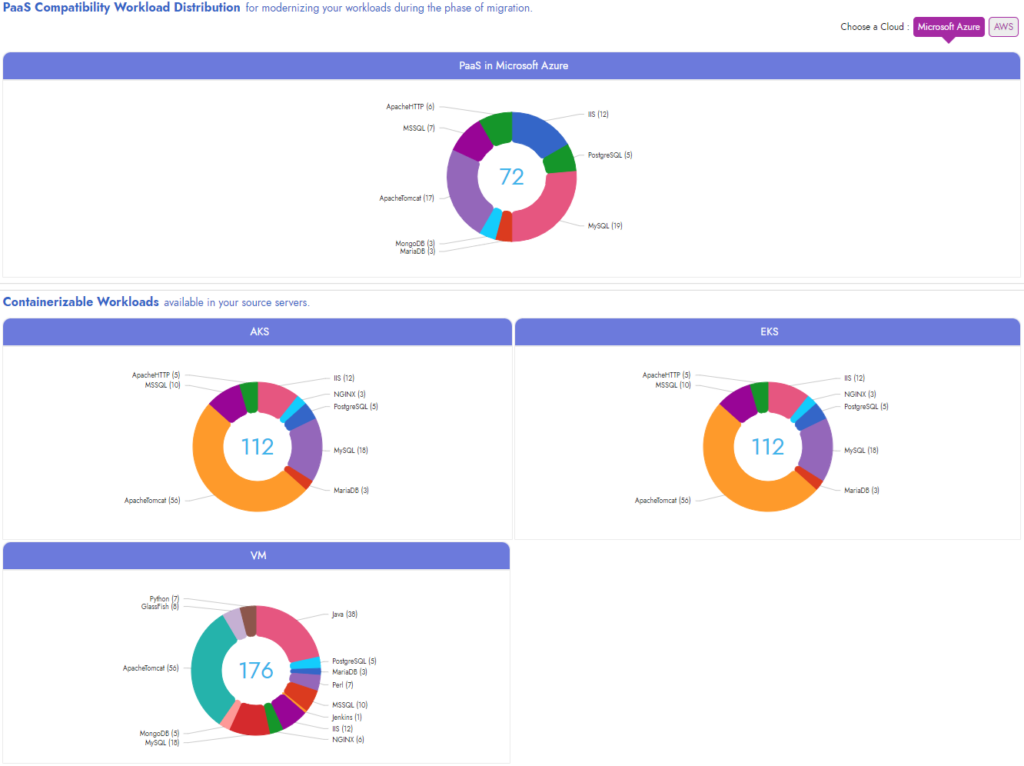Service providers using Corent’s MaaS can automate the pre-flight modalities of Cloud migration to ensure a seamless take-off based on its incisive, insightful advisories. But the take-off, too, is only a part of the journey; service providers must decide on the landing zone or the Cloud platform with all its complexities before enabling the transition of the customer’s environment. Any decision on the landing zone is as replete with choices as pitfalls.
For instance, take over-provisioning. A McKinsey report states that enterprises estimate around 30% of their Cloud spending gets wasted; add to it that 80% of enterprises admit that managing Cloud spending is a challenge, and you get the gist.
The same report suggests that over 70% of enterprises cite optimizing Cloud spending as an important goal, but value realization remains elusive.
These findings beg several questions, the prominent being:
- How can service providers address the demand-focused variables continuously?
- How can they impress upon their customers why year-1 benefits outweigh day-1 benefits?
- How can MSPs and SIs strike the right balance between performance and cost economics?
What are the available Cloud platforms?
Choosing the right Cloud platform is imperative for an enterprise to stay within budget and toe the bottom line. Service providers can ease and optimize migration using MaaS as the main driving force. MaaS™ actionable advisories and insightful recommendations enable them to choose one of the three below-mentioned options as the landing zone for their customers’ digital assets:
Public Cloud
- How it operates: Here, third-party service providers own and operate the Cloud resources over the internet, and customers pay based on consumption (pay-as-you-go model).
- Benefits: The customer shares resources with other organizations (tenants) and generally accesses its account using a web browser. It’s a zero-maintenance, low-investment, scalable, and highly reliable model suitable for companies on a budget.
- Drawbacks: While you can migrate to a Public Cloud instantly, leaving it could be cumbersome. Once you factor in the conversion and operational expenses, the exit cost may bloat.
Private Cloud
- How it operates: Under this model, resources are used exclusively by one organization. The private Cloud is either on-premises or hosted by a third-party service provider. All the services and infrastructure are maintained on a private network.
- Benefits: Organizations requiring bespoke Cloud solutions, higher levels of control and privacy, and on-prem-like scalability can opt for this platform.
- Drawbacks: Expensive to start with as exclusivity comes at a cost. Further, compliance issues may crop up over delivery regions as private Clouds do not offer the same delivery coverage as public Clouds.
Hybrid Cloud
- How it operates: This choice of the platform delivers an eclectic blend of public and private Clouds. It also allows for the movement of data from private to public Cloud and vice versa.
- Benefits: Organizations prefer a hybrid approach to meet business imperatives such as regulatory and compliance requirements while addressing latency issues.
- Drawbacks: Demands high skills levels as hybrid Clouds are challenging to manage due to many moving parts.
What to factor in while choosing a Cloud platform?
While mulling migration, service providers must factor in, among other things:
- Cost of migration and operation
- Security of data and assets
- Scalability of resources/computing power on demand
- Performance to match the hardware requirements with assets
- Control to define who exercises authority over resources
- Application stack to group software programs
- The delivery region by spreading datacenters globally
How can Corent’s MaaS™ help find the best fit?
Cloud is not a one-size-fits-all solution because different organizations have varied and dynamic requirements. MaaS matches requirements with the best available resources through an intelligent environment assessment. Using MaaS, service providers can tailor solutions to suit the customers’ needs. Here are a few salient benefits of using MaaS:
- Analyze cost and performance to find the ideal fit of Cloud resources that matches your existing hardware
- The intelligent platform assesses your infrastructure and applications and rates based on the best fit heatmap compatibility of each Cloud
- Allows you to assess your preferred Cloud against your infrastructure to identify its current level of migration feasibility, including options to refactor based on End-of-Life advice
- Modernize applications to PaaS, Containers, and Kubernetes services to suit your scalability and long-term maintainability requirements
MaaS is the culmination of a learning system that functions on a knowledge base, containing the details of all Clouds. Service providers can add the details of their preferred Cloud to this knowledge base and assess it against the Public or Private Cloud models to determine compatibility. MaaS adds a layer of simplicity to the proceedings by offering precise, actionable reports on what application workloads are compatible with which platform. MaaS’ intelligent assessment allows service providers to identify the workload requiring compliance with the security standards of a customer’s environment and suggests Hybrid Cloud for the infrastructure concerned.

As a holistic migration solution, MaaS helps service providers refine and optimize the customer infrastructure by right-sizing it to the best suitable Cloud flavors based on the performance and utilization data. Its in-built adaptors allow for the upload of data from other performance monitoring tools. Service providers can also size them based on cost using the comprehensive cost modeling tool embedded within MaaS.

MaaS offers expert advice on Cloud best practices ranging from ideal application architectures with multiple topology suggestions to suitable Cloud resources for an application, including PaaS and Containers. MaaS’ Smart Analysis recommends best practices for managing Cloud resources, such as resource groups, security groups, availability sets, and subnets. It helps optimize the cost and efficiency of the Cloud journey with improved security and compliance.
Conclusion
Coming back to the set of pertinent questions raised earlier, service providers can white-label MaaS and rebrand it as their offering to:
- Provide a realistic and workable migration model, which, when combined with ComPaaS, can help them assess the dynamic situation in real-time and match requirements with resource suggestions.
- MaaS helps service providers assess the TCO, performance metrics, and refactoring goals. This assessment helps them tailor the migration plan to yield the maximum returns over a long period (for instance, year-1) while not fussing over counterproductive short-term goals (for instance, day-1 benefits).
- In conjunction with ComPaaS, MaaS helps service providers transition the customer environment to the Cloud and continuously optimize it. This allows them to strike the right balance between performance and cost economics.
MaaS is a holistic solution to all migration issues. MaaS holds the key to a seamless, hassle-free migration from inception to final transition. Service providers can add a revenue stream to their portfolio and help customers tap into the US$445 billion global Cloud computing market size (2021), which is likely to expand to US$ 947.3 billion by 2026, at a CAGR of 16.3% during the forecast period. The possibilities are immense, and with Corent’s MaaS™ as the primary driver of migration and Corent’s ComPaaS™ as the chief optimization tool, tapping into the immense possibilities is possible. Contact us to know how MaaS can Cloudify your business and help you continuously optimize it.

Edited By Shafi Syed. July 27, 2022

